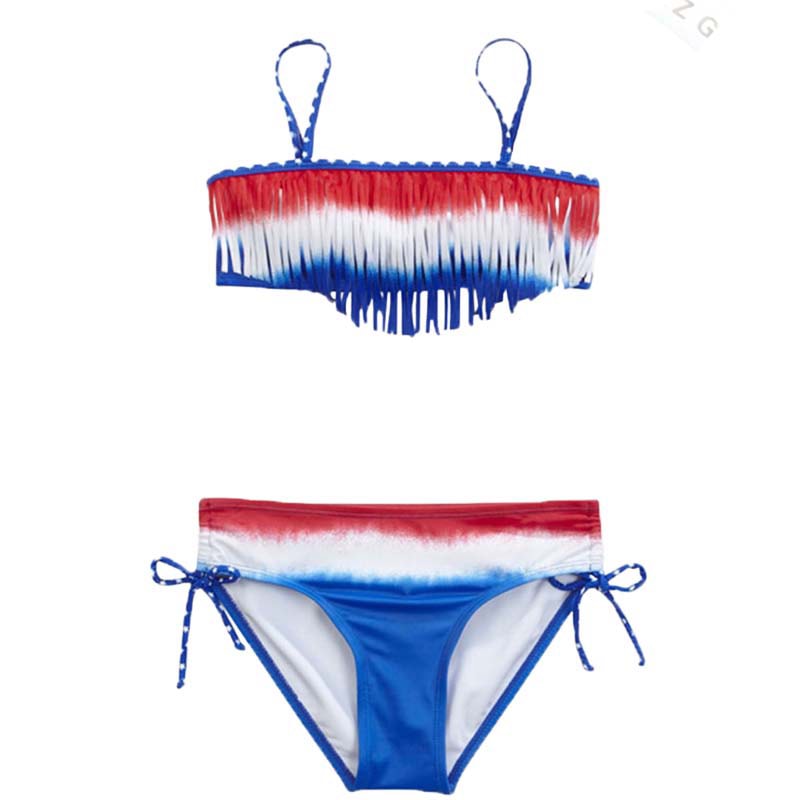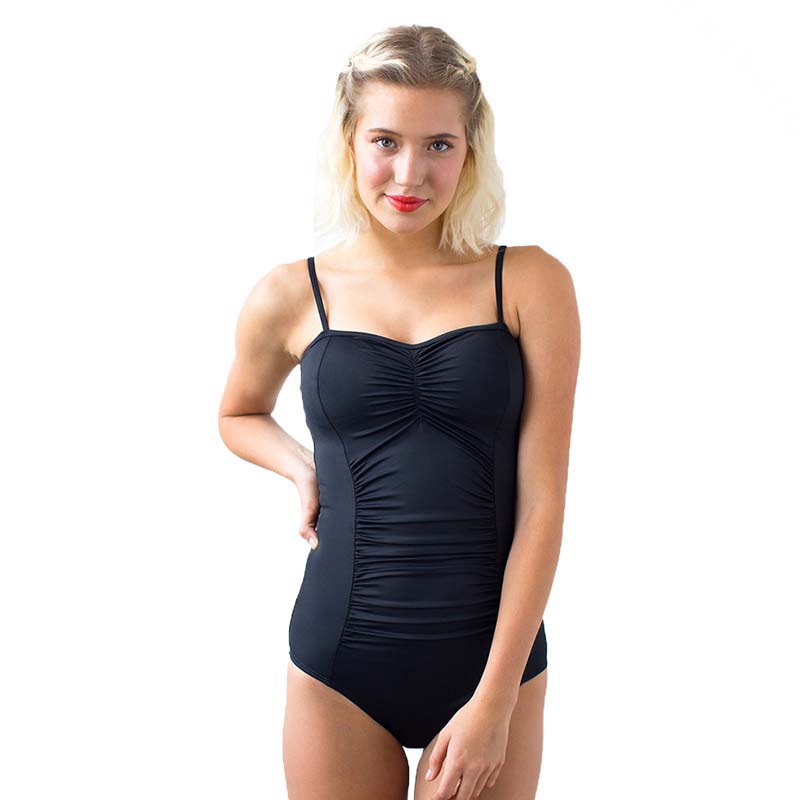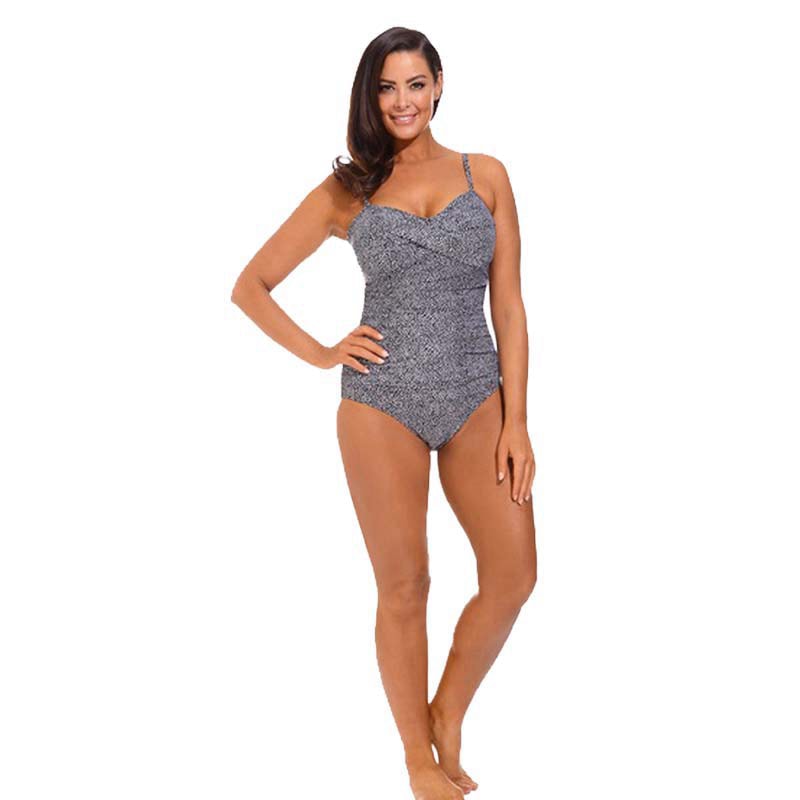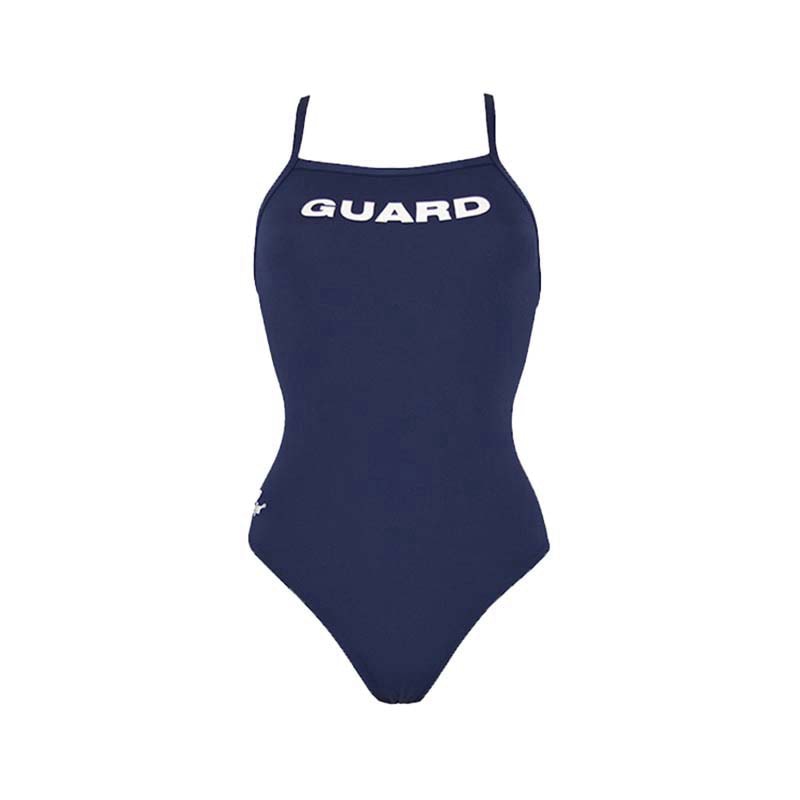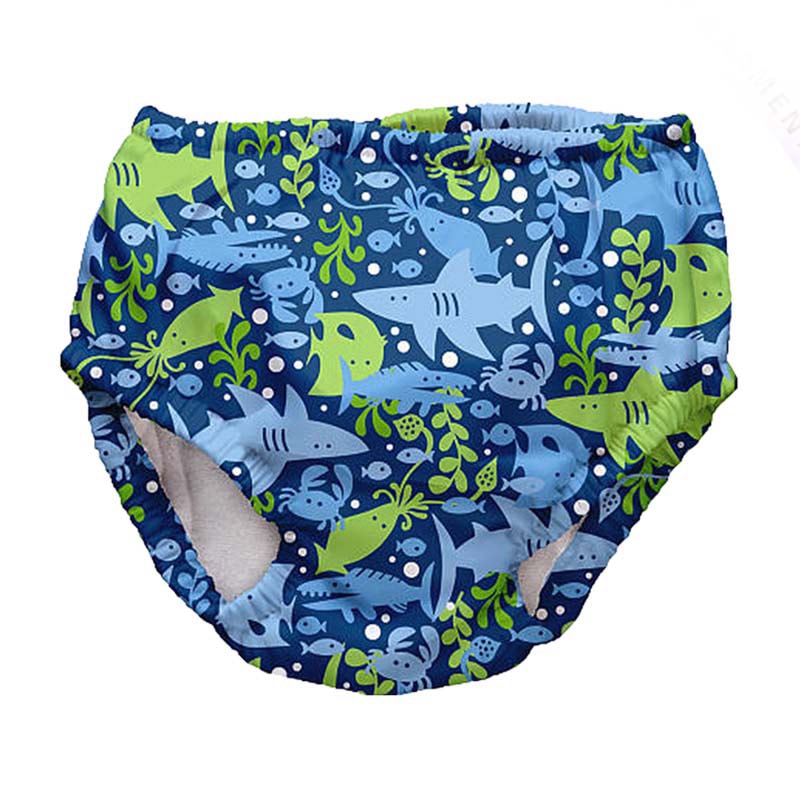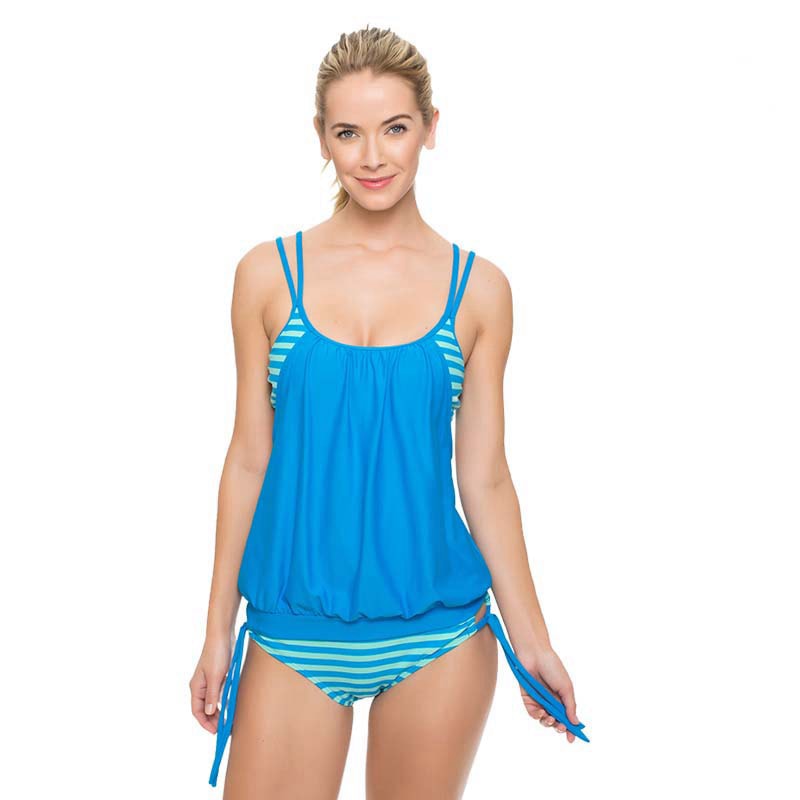Welcome to an in-depth dive into what swimwear is made out of. As an avid swimmer and fashion enthusiast, I¡¯ve always been fascinated by what makes swimwear so special. As a retailer, understanding the intricacies of swimwear fabrics not only helps you make informed decisions but also allows you to better serve your customers. According to a study by Allied Market Research, the swimwear market is expected to reach $29.1 billion by 2025, showcasing the demand and interest in this segment. Let¡¯s immerse ourselves and examine different materials, explore their benefits, and understand their drawbacks.
Types of Swimwear Materials
Swimwear is crafted from a variety of materials, each chosen for its unique properties and performance in water. Here are the major types:
- Nylon: Known for its strength, elasticity, and smooth finish.
- Polyester: Durable, resistant to UV rays, and chlorine.
- PBT (Polybutylene Terephthalate): A type of polyester with good elasticity and chlorine resistance.
- ECONYL?: A sustainable option made from recycled materials.
- Natural Fabrics: Such as cotton and hemp, although less common for swimwear.
Different Types of Swimsuit Fabrics
Let¡¯s further explore the specifics of each fabric type used in swimwear and how they cater to different needs:
All You Need to Know About Swimsuit Fabric
When it comes to swimsuit fabric, several factors play a crucial role in providing comfort, performance, and longevity. Here’s everything you need to know:
- Elasticity: Ensures a snug fit and freedom of movement. Fabrics like Spandex (often blended with Nylon or Polyester) are key for this.
- Durability: Essential for long-term use. Polyester blends are particularly known for their durability.
- UV Resistance: Protects both the fabric and the wearer¡¯s skin from sun damage. Polyester is highly regarded for its UV resistance.
- Chlorine Resistance: Vital for swimsuits used in pools. Fabrics like PBT and high-quality Polyester blends resist chlorine deterioration.
Most Popular Swimsuit Fabric Today
Currently, the most popular fabric for swimwear is a blend of Nylon and Spandex due to its perfect balance of comfort, elasticity, and durability. According to Market Watch, nearly 40% of swimwear on the market today incorporates this blend, making it a staple in swimwear design.
Sustainability Concerns
With growing environmental awareness, the demand for sustainable swimwear is on the rise. Fabrics like ECONYL?, made from recycled fishing nets and other nylon waste, are gaining popularity. Offering eco-friendly options can attract conscientious consumers and aligns with the global push towards sustainability.
What¡¯s the Best Swimsuit Fabric?
The best fabric depends on the intended use. For competitive swimming, performance fabrics like PBT are often preferred. For leisure swimming, Nylon blends offer the best combination of comfort, elasticity, and durability.
Natural Fabrics
Natural fabrics like cotton and hemp are less common in swimwear due to their tendency to retain water and lack elasticity. However, they are favored by some for their eco-friendliness and comfort feel, especially in niche markets focused on sustainable living.
Nylon Swim Fabric
Nylon is a popular choice for swimwear due to its smooth texture and excellent strength-to-weight ratio. It¡¯s perfect for swimsuits aimed at recreational swimmers looking for comfort and quick-drying properties. Nylon makes up about 70% of the fabrics used in high-performance swimwear.
Polyester Swimsuit Fabric Blends
Polyester blends are known for their durability and resistance to chemicals and UV rays. This makes them ideal for swim schools and pools where swimsuits are frequently exposed to chlorine. Polyester accounts for around 40% of the total fabric used in swimwear manufacturing, according to Statista.
Nylon Swimwear Fabric Blends
Nylon blends with Spandex are widely used for their elasticity and fit, making them a popular choice for both fashion and athletic swimwear. These blends are known for enhancing wearer comfort and providing a snug, supportive fit.
Nylon Swimsuits (or Nylon Blends)
Nylon and its blends are often used in creating high-performance swimsuits that need to be lightweight, quick-drying, and flexible. Competitive swimmers often prefer these fabrics for their superior performance attributes.
Polyester Swimsuits (or Polyester Blends)
Polyester and its blends are cherished for their durability and chlorine resistance. Perfect for regular use in chlorinated pools, these fabrics maintain their shape and color over time. They are also popular in broader swim markets due to their lasting quality.
PBT
PBT, a type of polyester, is favored for its superior elasticity and resistance to chlorine, making it a preferred choice for competitive swimwear. It also offers excellent UV resistance and durability, ensuring long-term performance.
ECONYL?
ECONYL? is an innovative fabric made from recycled nylon waste. It offers the same properties as nylon but with a significantly lower environmental footprint. This sustainable material is an excellent choice for eco-conscious consumers and is becoming increasingly popular in the swimwear industry.
Specialty Swimwear Fabric: Period Swimwear
Period swimwear, made from special absorbent fabrics, is designed to be leak-proof and comfortable during menstruation. This specialty fabric allows individuals to swim confidently without concern, catering to a unique and growing market segment.
What to Look for in a Swimming Suit in 2023
When buying a swimming suit in 2023, consider the following:
- Sustainability: Eco-friendly options like ECONYL?.
- Comfort: Soft, stretchy, and lightweight fabrics for enhanced wearability.
- Chlorine and UV resistance: Especially important for frequent pool users.
- Style: Trendy designs that fit well and make you feel confident.
FAQ
What are swimsuits made out of?
Swimsuits are typically made from synthetic fabrics like Nylon, Polyester, PBT, and blends of these materials, each chosen for their performance properties.
What material is best for swimwear?
Nylon blends are highly regarded for their comfort, fit, and elasticity, while Polyester blends are prized for their durability and chlorine resistance.
What are swimsuit bottoms made of?
Swimsuit bottoms are usually made from the same fabrics as the tops ¨C mainly Nylon or Polyester blends for consistency in comfort and performance.
What did swimsuits used to be made of?
Historically, swimsuits were made from wool or heavy-duty cotton, which were not as comfortable or practical as modern synthetic fabrics.

